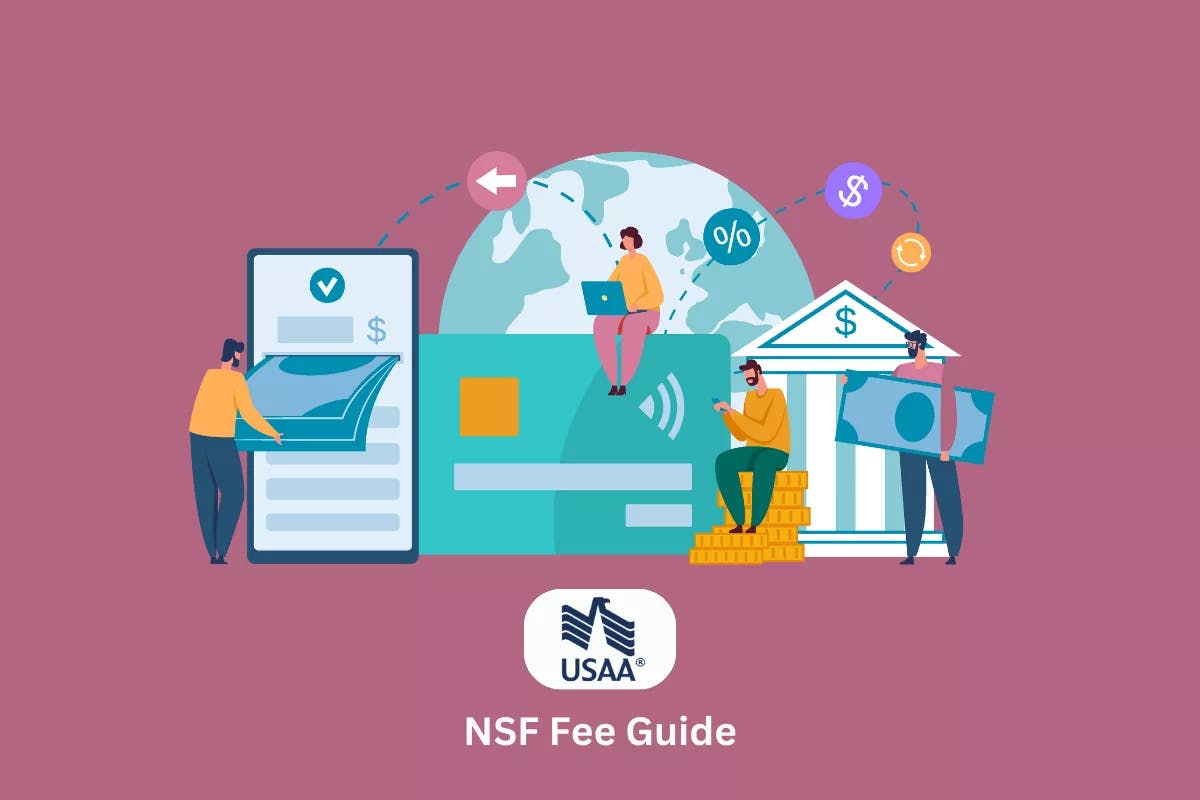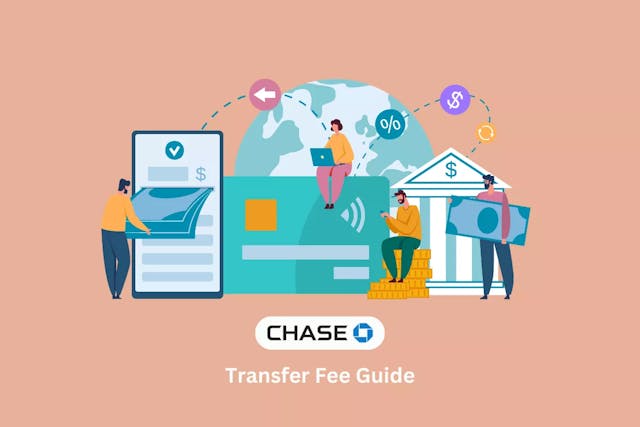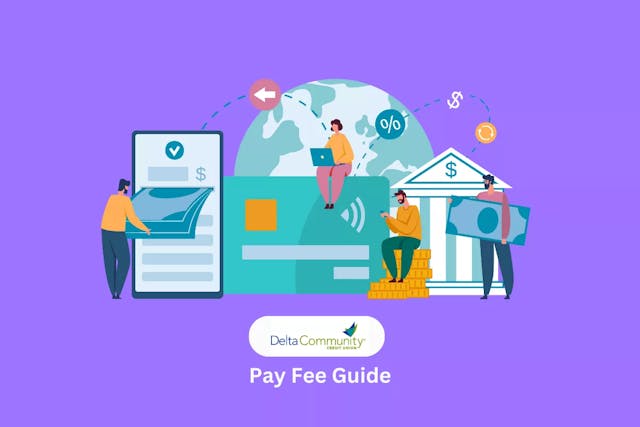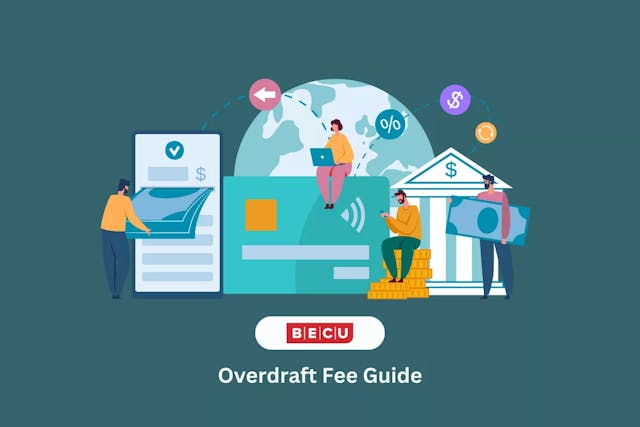What Is an NSF Fee?
An NSF fee — more formally known as a non-sufficient funds fee or insufficient funds fee — occurs when you don’t have enough money in your USAA checking account to complete a transaction. USAA Federal Savings Bank will decline your transaction and issue you a fee for returning the item unpaid.
USAA NSF fees are sometimes mistaken for USAA overdraft fees. While they are a type of overdraft fee, the difference is that banks will cover your transaction (rather than declining it) with overdraft fees. According to its website, USAA does not currently issue overdraft fees, only NSF fees, so you won’t have to worry about USAA overdraft fees on your bank statement.
Typical transactions that can trigger a non-sufficient funds fee or overdraft fee include:
- Checks or other transactions made using your USAA checking account number
- ACH transactions
- Recurring debit card transactions (e.g. gym memberships, streaming service subscriptions)
- Online or scheduled bill payment (e.g. auto-pay utility bills, credit card payments)
For other types of transactions, such as ATM withdrawals and everyday debit purchases, USAA will decline the transaction and not issue you a fee if the bank determines that you do not have sufficient funds in your account.
How Much Does an NSF Fee Cost at USAA?
USAA charges $29 for each item that is returned unpaid.
Related Fees
Late fee
Two instances where you could incur an NSF fee are recurring debit transactions (memberships and streaming services) or automatic bill payments (utility bills and credit card payments). If you do not have enough money in your account to cover these transactions, you could incur more than just an NSF fee from your bank — you could be on the hook for additional fees, such as a late fee from your biller or service provider.
Special Considerations
USAA limits the number of NSF fees charged to each account to three on a single day.
If a biller or service provider attempts to charge your checking account again after a payment has failed, the bank may charge multiple NSF fees on a single transaction. When banks charge your account with an NSF fee multiple times on the same transaction, this can be financially damaging and a difficult hole to dig yourself out of.
USAA overdraft protection can be a helpful tool if you’d like peace of mind knowing that your transactions can be covered even if you don’t have enough funds in your account. USAA offers overdraft protection without the overdraft fees in the form of a linked secondary USAA checking account, USAA savings account, or USAA credit card. However, there are many things to consider before opting in.
A study by the Consumer Financial Protection Bureau found that opted-in accounts typically pay more on bank fees than accounts that aren’t opted in, so it’s important for you to do your research and determine if this is the best option for your financial situation before opting in.
Remember: You can opt into or out of overdraft protection and connect your account to a secondary checking account, savings account, or credit card at any time.
Learn more about what you should know before opting into overdraft protection.
How to Avoid an NSF Fee
NSF fees are among the most common charges detected on Cushion customers’ accounts, but there are small actions that you can take to avoid them.
Keep an eye on your account balance and charges
USAA, and every other financial institution for that matter, is not legally required to notify account holders if they have been charged bank fees on their checking account or savings account. It may be applied and deducted from your account without you ever having known.
Therefore, it’s important that you are proactive about monitoring your bank account balance and the charges that are applied to your account. It’s easy for things to slip through the cracks and lead to overdraft fees, NSF fees, and interest charges that could completely drain your account.
Sign up for low-balance notifications
To make sure that you always have enough funds in your account, set up low-balance alerts to notify you when your funds are low or if you’ve overdrawn your balance. This can typically be done through online banking or within the USAA mobile app. Remember: If you do not have sufficient funds, an NSF fee or overdraft fee could send you further into the red.
Reconsider overdraft protection service
It can be wise to opt out of the overdraft protection service if you’re trying to manage your spending, but the protection can occasionally come in handy. If you write a lot of checks or have many automatic payments scheduled to come out of your account, it might actually be beneficial for you to opt into the overdraft protection service and transfer from a linked account or overdraft line of credit rather than racking up NSF fees and overdraft fees.
There are alternate USAA overdraft protection settings that allow you to link another bank account, such as a checking account or savings account, or line of credit to cover transactions that overdraw your account for a lower overdraft fee.
Learn more about how to avoid an overdraft fee.
How to Get an NSF Fee Refund
You can do everything in your power to avoid an NSF fee or overdraft fee, but sometimes they’re inevitable. Luckily, there are ways to get NSF and overdraft fees waived after they’ve hit your account.
Prepare your information
Before reaching out to a USAA customer service representative, have your name, address, bank account number, and the fees that you’d like to negotiate ready so that the conversation can start off smoothly.
Introduce yourself
“Hello. My name is , and I recently received an NSF fee. I’m contacting you to see if you would be willing to refund this fee.”
Have your points of leverage ready
How you construct your argument to get an NSF fee refunded is much the same as how you’d fight for an overdraft fee. Have you been financially affected by COVID-19? Do you rarely get NSF or overdraft fees? Are you a loyal customer who has banked with USAA for an extended period of time? Was your USAA bank account opened a long time ago, and has it always been in good standing? Do you have multiple accounts with the bank? Do you make regular deposits to your USAA bank account?
Be patient, persistent, and prepared not to get a refund every time
No one is going to fight for your money but you — remember that when you head into your negotiation. You shouldn’t hesitate to press the issue if you initially hear “no.” That’s what your points of leverage are for.
You may also want to escalate the issue to a manager if you’re serious about getting a refund. Sometimes, the USAA representative on the call won’t have the ability to grant refunds, but if you ask to speak with someone higher up at the branch, you may have more success. You can also try calling back at a later date to speak with someone new. Often the success of a negotiation depends on which USAA representative you get on the phone.
You also shouldn’t forget that the person on the other end of the line likely didn’t write the rules on refunds. Be kind and patient throughout the process.
Finally, you have to be willing to lose some negotiations. You may only get a partial refund or no refund at all. Try not to get discouraged, but do try to take the necessary steps to avoid NSF fees in the future.



